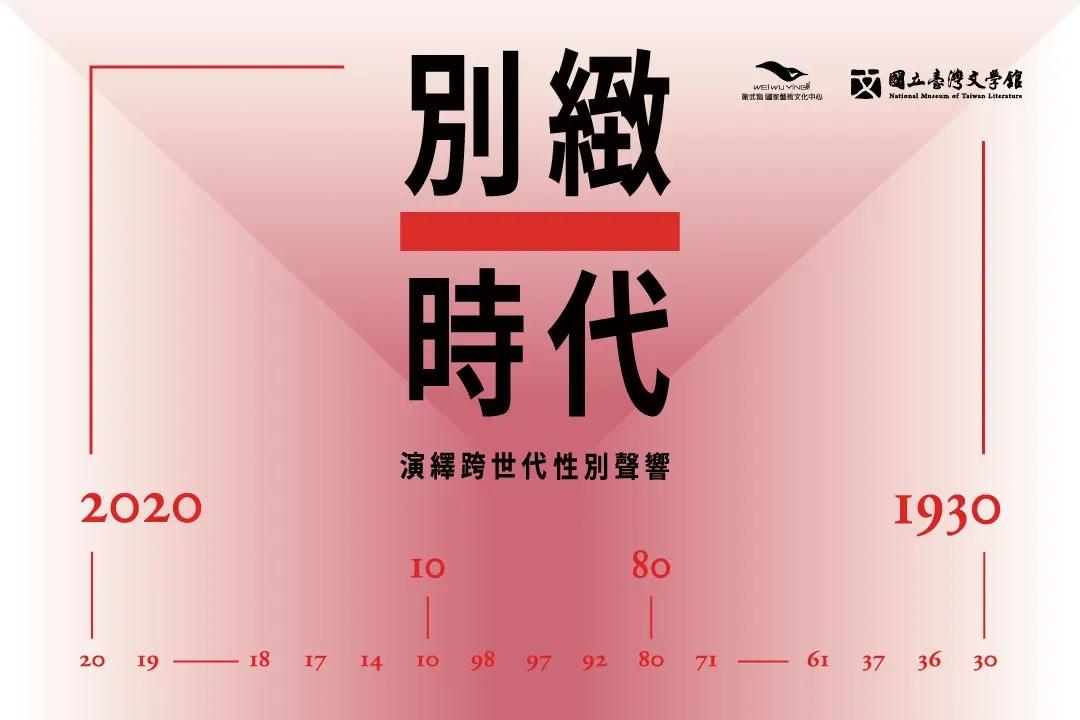Technical
-Structure
The structural principles of a pipe organ are similar to that of human organs. The sound produced by directing the air from the wind supply system is created in much the same way human lungs enable humans to sing; the music we hear is made up of the sound from each pipe. An organ to its stops is like a chorus to its members – although everyone sings the same tune, the nature of the sound differs. The connections between tens of thousands of parts at the back of a console to stops and pipes resemble the human nervous system, allowing organists to manage such a gigantic instrument. Performing on the Weiwuying pipe organ with 127 stops is like conducting a chorus of 127 people with both hands and feet.
-Blower Room
The hydraulic, wind or man power of earlier pipe organs are replaced with powerful blowers on modern organs. The wind reservoir of the Symphonic Organ, located at the bottom (2F) in conjunction with blowers inside it, forms airflow so as to evenly deliver air to each pipe. The reservoir of the Echo Symphonic Organ is installed at the bottom right of the console.
-Console
The mechanical consoles of the Symphonic and Echo Organ, as well as the Movable Stage Console are all equipped with a computer-aided memory system, which allows organists to quickly select a wide range of stops without an assistant when performing. The Weiwuying pipe organ's 9 keyboards display a mix of traditional and modern sounds. With the exception of the 2 pedalboards, which were given the same name, the remaining 7 manuals were each named individually.
The Symphonic Organ
The divisions of the Symphonic Organ are listed from the top down by position as follows:
A1: V. Solo. This is connected to 11 stops and 661 pipes, among which are three sets of powerful horizontal en chamades mounted on the top right within the organ.
A2: IV. Grand-chœur. This is connected to 14 stops and 1,535 pipes.
A3: III. Récit Expressi. This is connected to 18 stops and 1,572 pipes enclosed with shutters to create a more muffled sound when closed.
A4: II. Grand-orgue. This is connected to 21 stops and 1,842 pipes. The Grand-orgue division is placed here as the second manual (II) on British and American consoles, but usually placed on the bottom as the lowest manual (I) on German and French consoles. Although the positions of the divisions are not changed, couplers on the console allow organists to switch the two manuals (I and II) as desired.
A5: I. Positif Expressif. This is connected to 11 stops and 919 pipes. Similar to the Récit Expressif (III), shutters are installed in front of the pipes of the Positif Expressif to adjust the sense of distance and space of the sound. Moreover, There's a special stop in this section that produces a sound like that of a bird when the air flows in the pipe with water.
A6: Pedal. This is connected to 27 stops and 640 pipes, including the bass stops and pipes located on the left side of the organ, which are three to four floors high and extend from the ceiling of the Concert Hall to the bottom of the organ.
The Echo Organ
The divisions of the Echo Organ are listed from the top down by position as follows:
B1: II. Oberwerk. This is connected to 9 stops and 798 pipes, whose acoustic timbres are similar to that of the Récit Expressif division on the Symphonic Organ, the difference being that the Oberwerk's timbres resemble that of the Baroque period while the latter lean toward French Romanticism.
B2: I. Hauptwerk. This is connected to 9 stops and 798 pipes. The pipes of this division are located above the console, further above which are the pipes of the Oberwerk division.
B3: Pedal. This is connected to 7 stops and 320 pipes.
Movable Console
This is equivalent to around half of a car in terms of weight and base area. Similar to the mechanism of the Symphonic Organ, it can be rearranged to suit both the European and American standards via the pedalboard.
Few of the world's concert halls are equipped with such a unique, natural, asymmetrical, and beautiful organ, which can even be played as one instrument despite the separate nature of the two organs. The audience can hear the clarity of the organ's sound and experience the sense of space provided by the flowing music, as well as feel the vibration of the low frequency. To top it all, the audience can also see the musical performance clearly wherever they sit in the hall.
The Weiwuying Concert Hall provides a sensuous experience beyond just visual and auditory satisfaction.
Read More
【Exploring the Inside of the Pipe Organ】Beginner's Guide
【Weiwuying Aesthetic Education】Venture into Weiwuying's Pipe Organ Part 1
【Weiwuying Aesthetic Education】Venture into Weiwuying's Pipe Organ Part 2




